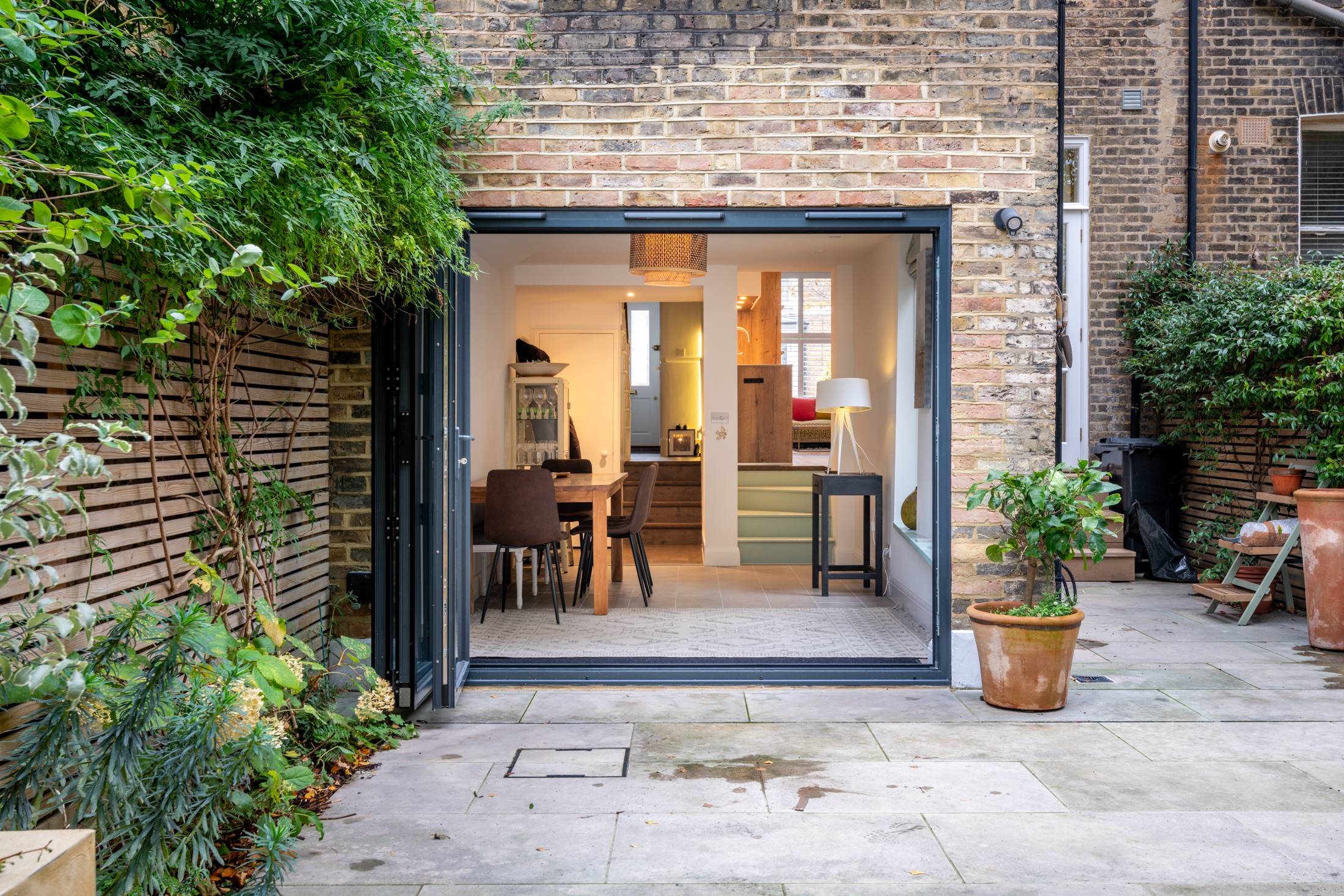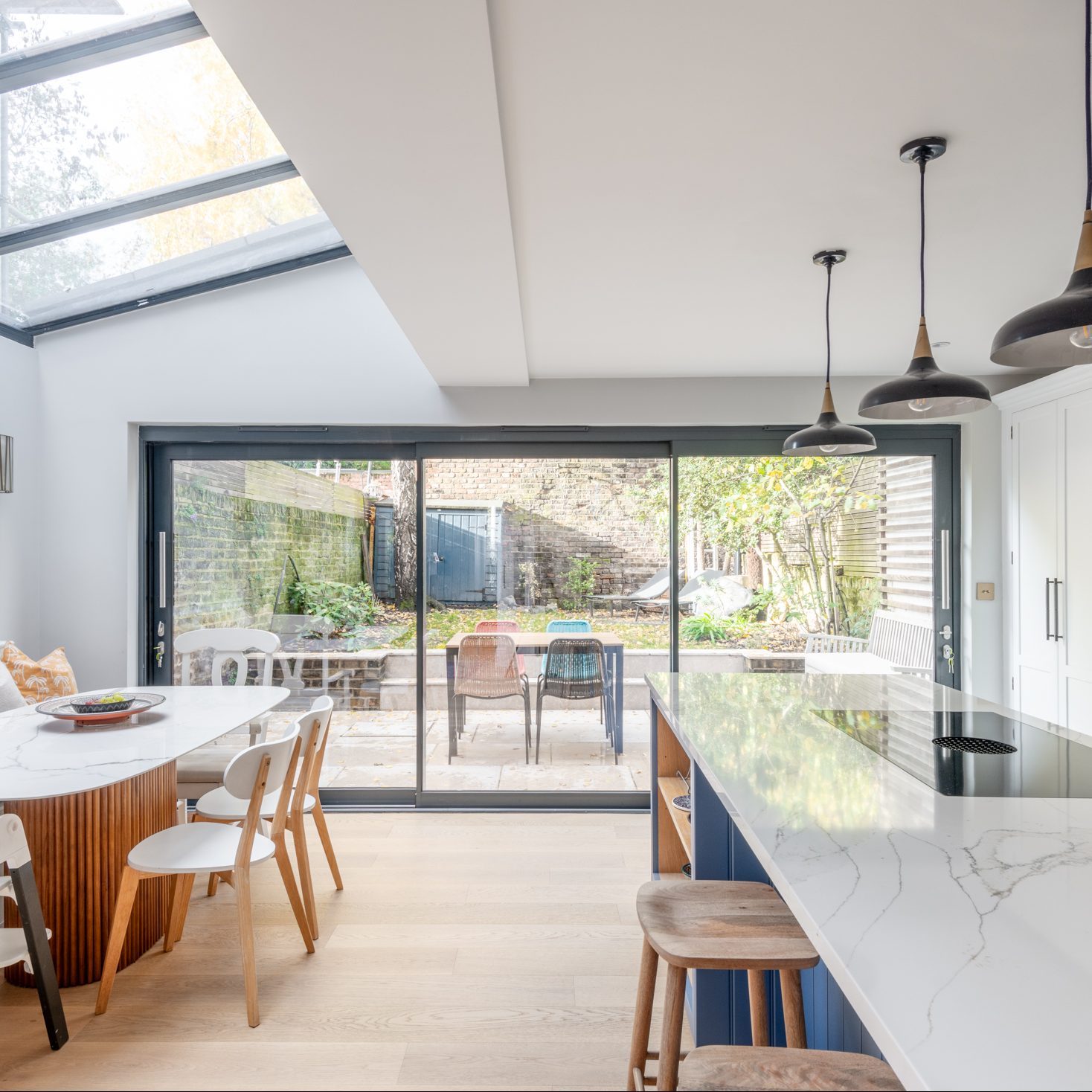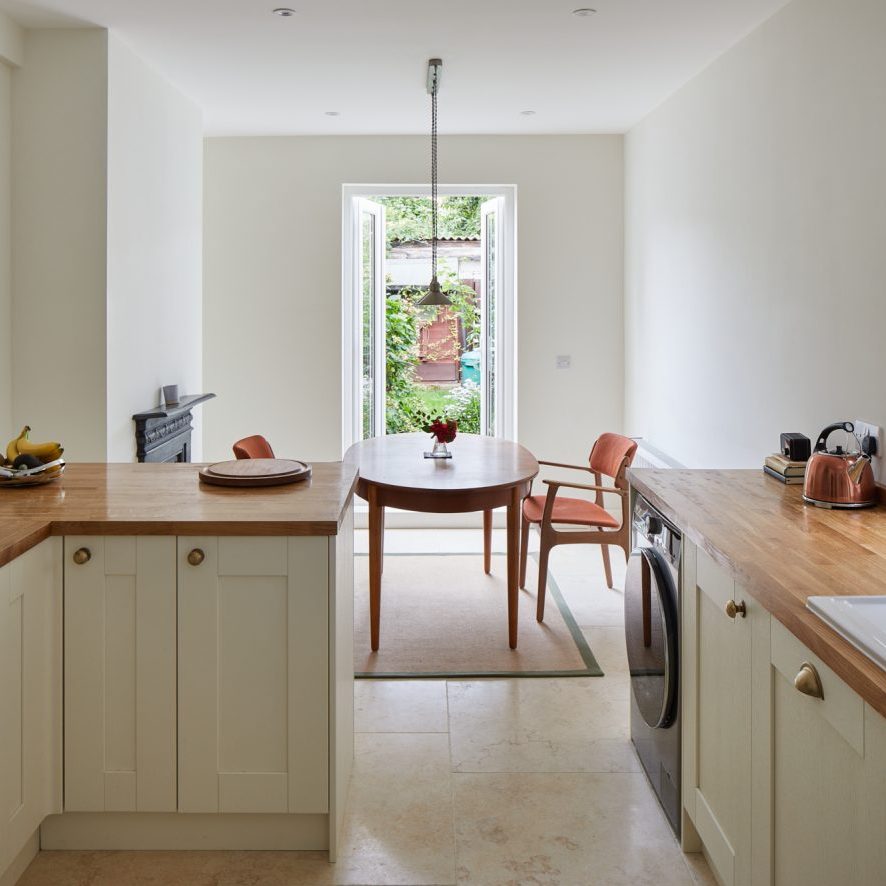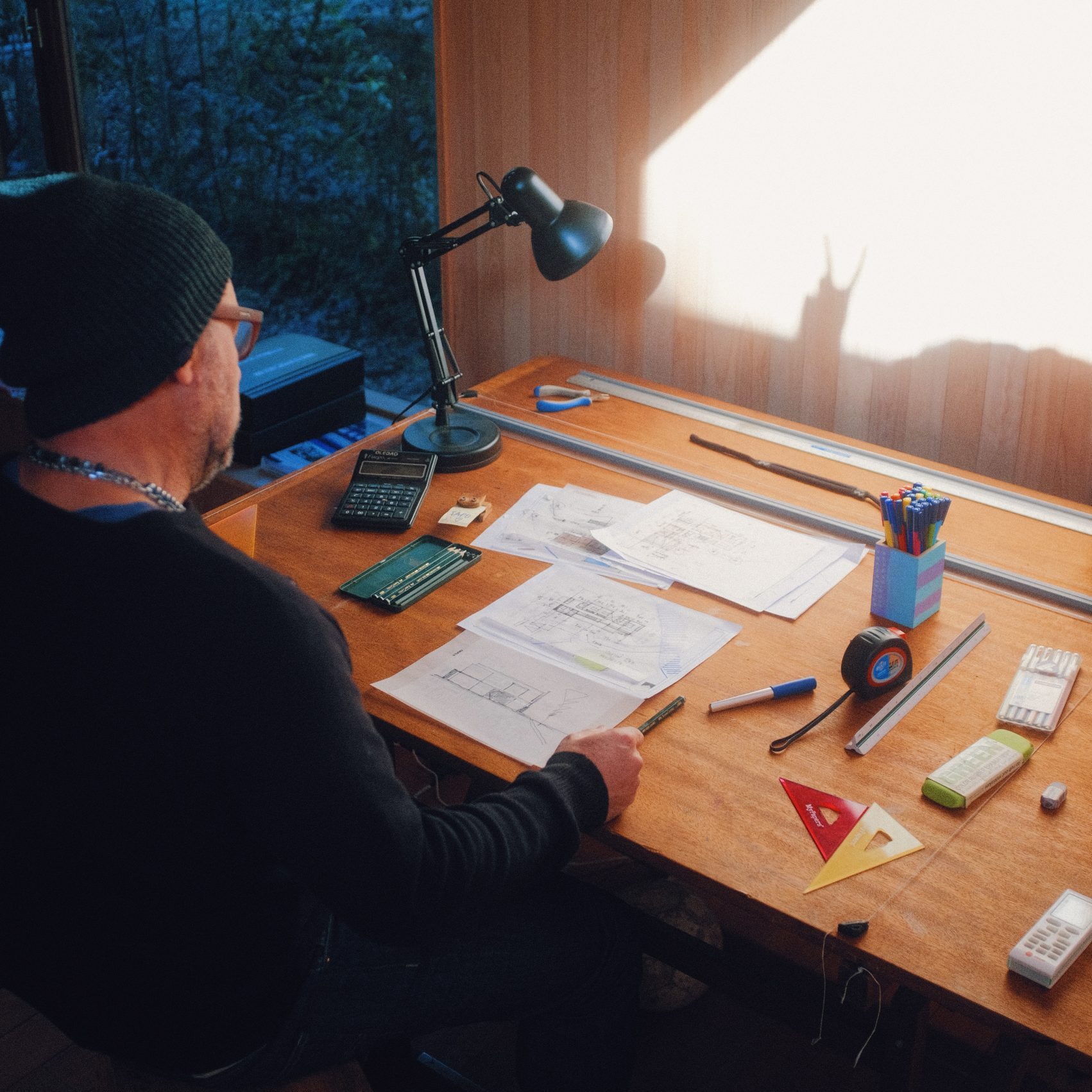How To Calculate The Cost Of Your Home Extension
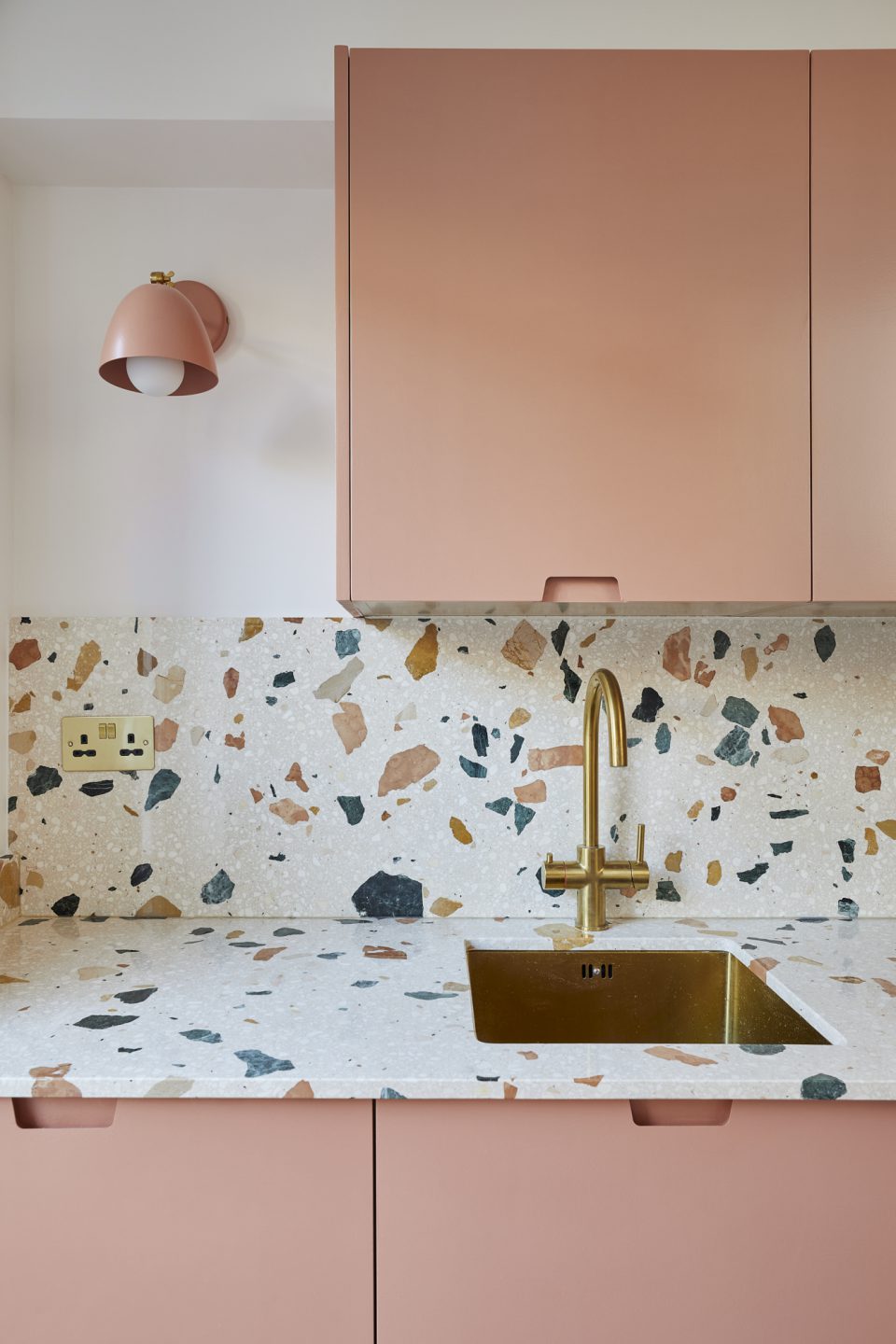
Our 2022 Update Of This Subject
Introduction
The average price of a home extension in the UK generally increases year on year. Black swan events like the Covid-19 outbreak can have short-term effects on the ability to deliver a project on-time but shouldn’t affect the price of materials and labour much once the markets get moving again. Inflation, interest and the strength of the pound against the Euro and other currencies where we import materials from have the greatest impact on price variation.
That asides, home extensions and renovations are a great way for homeowners to add value to their property. When done well they’re a great way to increase the size of a home for a growing family or changing family needs. A good extension can also bring new life and character into a previously undesirable area of the home. With 4 million of us deciding to renovate in 2018 we truly are a nation of renovators and extension enthusiasts.
EXTENSIONS AND RENOVATIONS ARE A GREAT WAY FOR A HOMEOWNER TO ADD VALUE TO THEIR PROPERTY
However, before embarking on this journey, it’s hard to know where your money goes and what types of costs you may be facing on this journey. We’ve spoken to some extension experts in our network to get a clear costs guide for an extension project. Here’s what you need to know.
House Extension Cost Calculator
Home extensions are no simple undertaking. In many cases there’s a wealth of specialist and professional input required at each step of the way. This not only ensures the extension is beautiful but is also delivered in accordance with the rules and regulations. From getting planning approval and interior design to laying foundations and installing the ceilings. Even a modest home extension is no simple undertaking.
When calculating the cost of your project it’s a good rule of thumb to break it down into the following 3 phases:
-
Pre-construction – this covers obtaining the necessary consents for the regulatory authorities like planning and building regulations approval. It also includes tendering for different contractors – which will mean developing your plans into more detail and preparing a schedule of works for obtaining accurate quotes. Pre-construction costs usually come to around 10-15% of the overall construction cost.
-
Primary construction – This covers the essential elements of the build: constructing the foundations, building the external and internal walls, insulating the new structure, fitting out with plasterboard, and installing a basic provision for plumbing and electrics. You’re essentially creating a water and air tight shell, then connecting up to the relevant utilities for the project to be fit-out. In the UK the primary construction costs range from £1200 per square meter to £3000 per square meter depending on the location of the project. This price won’t include VAT of 20%
-
Fit-out – The fit-out of the project is the exciting bit, but it’s also where the price of the project fluctuates the most. Given a kitchen for the same space can range from £5,000 to £50,000 it’s important to shop around for the right spec for your project and be clear with the contractor you choose what you need throughout the property in terms of finishes. The finishes cost of the project range from 20-100% of the Primary construction cost. As such, if you don’t specify this at the outset, it could come back to bite you when the project is being delivered.
Stages of your project
1. Design & Planning
Depending on the scale and complexity of your project you may wish to initially find an architect to not only design your project, but hold your hand through the different stages until completion. Having a professional by your side throughout this process can be comforting, but they’re expensive and only worth it if you have the budget or your project is particularly complex. A full service design architect’s costs can be as much as 10% of the overall construction cost. An alternative approach for simpler smaller projects (usually costing below £150k) are design and build companies. We have written about them extensively on our site here.
A FULL SERVICE DESIGN ARCHITECT’S COST CAN BE AS MUCH AS 15% OF THE OVERALL CONSTRUCTION BUDGET
Other common planning stage consultants are party wall surveyors, approved inspectors, heritage and planning consultants. All these consultants host anywhere from £500-£2500 for their services, again depending on the complexity of your project.
Planning approval costs with the councils will cost between £123-£226 depending on whether your application is for permitted development or a full householder application.
2. Building Control & Tender
Once you have gained planning approval, you’ll need your designer to help you achieve building control approval. This involves consulting with a structural engineer who can cost anywhere between £600-£2500 depending on the complexity of your project.
Following gaining building control approval, you’ll need to prepare tender documentation for going to the market for contractors. To do this at the very least you’ll need to prepare what’s called a scope of works. This is like a shopping list of all the items in your project that will need to be delivered for its completion. It covers everything from the amount of concrete required in the foundations to the colour of the paint on the walls. This will normally cost anywhere from £1000-£2000, again depending on the complexity of your project.
These costs are generally greatly reduced if you’ve appointed a “Design and Build” firm to deliver your project.
3. Groundworks
Costs of the groundworks generally don’t fluctuate that much from builder to builder. In most instances the work is fairly straightforward, with prices for the bulk of materials (namely concrete) varying a little from contractor to contractor, if the foundation is a “raft foundation”. If however the foundations need to be more complex, because of underlying issues with the ground conditions, pile foundations may be needed which are significantly more expensive.
Other than that, the main fluctuation in price at this stage results from unexpected delays when starting on-site. Drains and other utilities that haven’t been picked up in surveys can cause delays and increase costs. To avoid this taking place, we always suggest getting a desk-top survey completed of the existing drainage situation. If necessary a CCTV survey may be required just to make sure.
4. The Shell
This is when the bulk of the project takes place with the primary structure going up; be it timber frame, steel frame or brick/block. Unless you’ve got a very specific aesthetic in mind, the majority of the shell’s price again, is just a function of its size. Something that can have an effect on the overall price at this stage is an over-engineered solution.
Always ensure you’ve appointed a Structural Engineer, not a Civil engineer. Despite them both being qualified to deliver the same service, Civil engineers do not possess the same training as a structural engineer, and often over-engineer solutions. This could mean complex or over-sized designs which result in more time on-site by the builder (money) and larger pieces of steel (more money).
5. Fitting
Fitting out and finishing is where the project can make or break its budget. The price of each element as your project becomes more refined has a higher range in price. At fitting out for example, door and window systems can range from a few hundred pounds per item to tens of thousands of pounds. It’s important you specify with your contractor what type of finish you’re looking to achieve when they provide you with a price.
6. Finishing
In a similar vein to the fitting of a project the same principle applies to finishing. You could on the one hand decide to use a cheap carpet to cover a floor, or a bespoke Italian Marble. Truth be told, there’s almost no upper limit on the finishes of a project. Costs will also increase significantly if you’re looking to add a new bathroom or kitchen. For example an Ikea kitchen could set you back between £3-5k. There are now kitchen designers in London that for the same space would set you back almost 10x that! Be sure again to specify the level of finish you want with a Kitchen, even better would be to specify the kitchen supplier itself.
AN BESPOKE KITCHEN SUPPLIER CAN COST YOU OVER TEN TIMES AS MUCH AS AN OFF-THE-SHELF SOLUTION
Bigger Kitchen or New Bedroom?
If you’ve decided to make your living / kitchen space bigger, as noted already a single storey extension is usually just a function of its size and how much you want to spend on the finishes. If you’re looking to add another bedroom to the property we would always suggest looking to create a loft conversion first rather than add a second storey.
Loft conversions generally create much better space and make for a better arrangement of existing spaces on the inside. A simple loft conversion to a mid-terraced property will normally set you back around £40-50k. Use our loft conversion calculator here to find out a more detailed calculation.
If you’re looking to create a second storey to an existing or proposed extension, again it’s a function of the floor area of that new space. There’s a common myth that by adding a second storey to an existing extension you save money. This is not the case.
How To Keep Home Extension Costs Down?
If you really are on a shoestring, understanding which parts of the project you may be able to do yourself is the best way of reducing costs. Most main contractors are not in fact builders, they’re very good project managers capable of coordinating lots of people to deliver a project on-time & budget. If you have project management experience and have time on your hands, you may be able to deliver the whole thing by yourself (self-build). But this does require a lot of skill and time and can be extremely stressful to do it on your own project!
IF YOU HAVE PROJECT MANAGEMENT EXPERIENCE YOU COULD DELIVER THE WHOLE PROJECT BY YOURSELF. BUT THIS CAN BE STRESSFUL AND RISKY.
The other similar way of reducing costs which isn’t quite so scary, is getting one main contractor in to deliver the all stages up to fit-out. Then get your own sub-contractors in to deliver the fit-out and finishes (like plumbers, painters, plasterers and kitchen installers). You will have to do a bit of project management for this, but you won’t be managing the scary stuff like laying foundations and installing steelwork.
Other than taking on work yourself, having a clear idea of what you’re planning on doing before going to builders is paramount. To do this you must always have a good idea of what you want to include on the project when tendering for builders. This means obtaining a “Scope of Works” from an industry professional like a “Quantity Surveyor” or an “Architect”. A Scope of works is like a shopping list of all the items you need to deliver your project. Without it a builder can’t accurately price for your project.
Alternatively a good “Design & Build” company is a fantastic way of ensuring you get a good project that’s designed well and delivered efficiently. For projects under £150k we would always recommend a “Design & Build” company as they’re the most efficient businesses for delivering home extensions and renovations. At My-architect we specialise in matching homeowners with the best Design and Build companies for their projects. To get a preliminary quote and start your project today, why not give us a call or fill in your details below. We’d love to hear from you.

